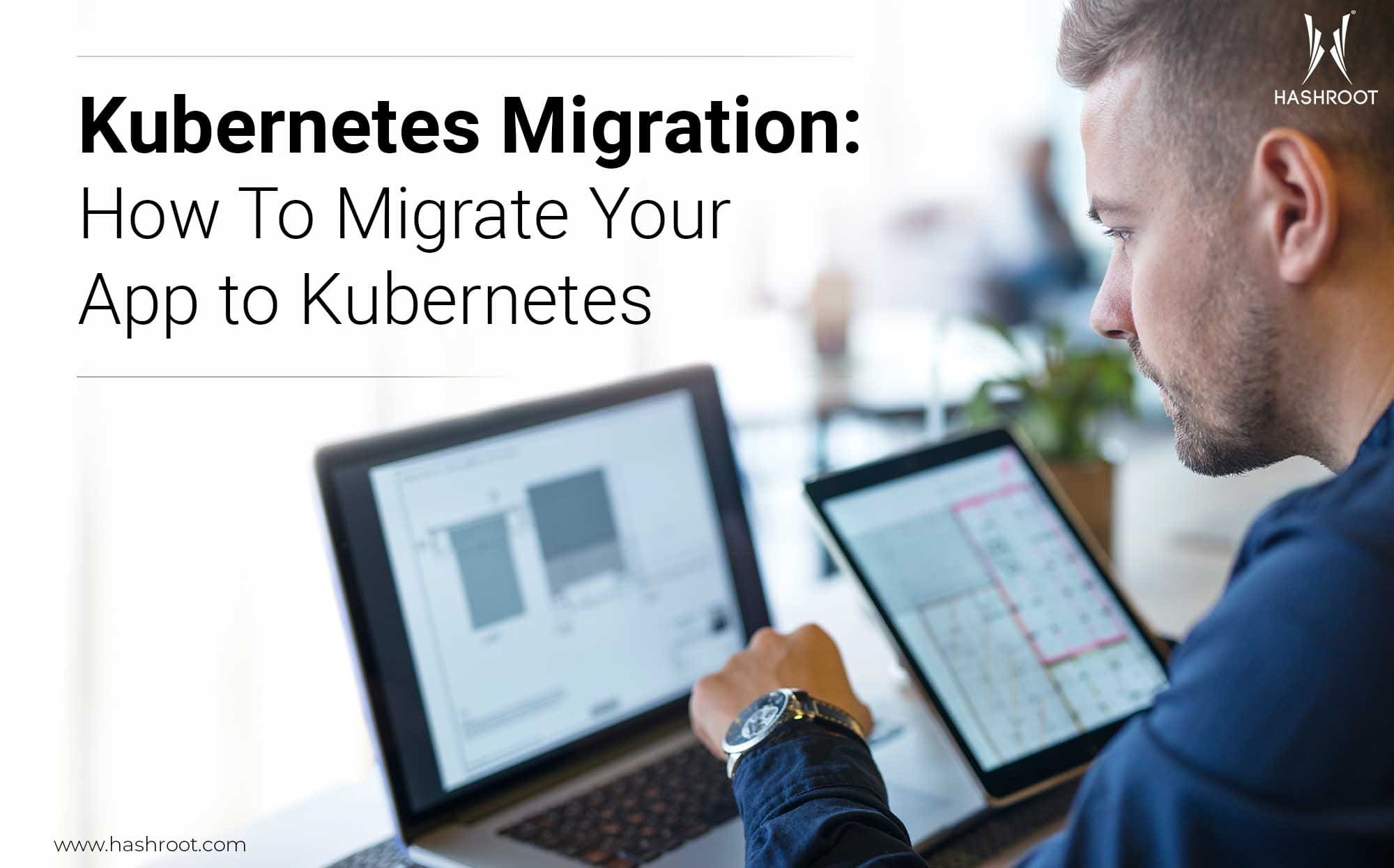Many industries have already migrated to cloud architecture since it can do more on long-term cost savings to more promising key performance matrices. Even though cloud migration has unquestionable benefits, it is not an easy task. With ideal conditions, almost every cloud migration strategy is available for enterprises who are opting for migration to the cloud environment. But for sure, each time there is always a chance to went through risky procedures to gain potential benefits.
Kubernetes Migration
Migrating from traditional architecture to containerized architecture is a complex task. Most people would say it is more difficult to migrate applications to a complete container orchestration platform such as Kubernetes. Hence, we are explaining some valid points to make your Kubernetes migration easier with this article. Importantly, we are discussing a smooth migration plan to make your move simple as well as efficient.
Modernized management of applications and DevOps adoptions are required for multi-cloud and hybrid-cloud environments. The open-source tools such as Docker and Kubernetes are used by the enterprises for managing their data, applications, application deployments, and workloads. The DevOps team has the potential to choose which among the Kubernetes and Docker has to be selected. The DevOps services providers can help you in choosing the right enterprise solutions. Kubernetes provides an enhanced level of scalability that makes the Kubernetes the most tending container orchestration platform in the market today.
Kubernetes Migration: Things to consider
- Understanding your Goal
Firstly, you have to determine your goals for cloud migration. In this step, you should also consider your specific business requirements, and consider the migration applications based on your preference. Generally, cloud migrations give you all kinds of business benefits. Some of the goals of the migration include enhanced performance, operation scalability,
adequate resources, cost efficiency, and best customer support. Moreover, if you are decided to migrate to Kubernetes containerized environment, you should be aware of the things which you want to be modified. Hence, before starting the migration process, assess your application and get the list of possible modifications. Also, plan properly how Kubernetes benefits the application.
- Choosing the platform
After determining the goal of Kubernetes migration, you should then consider the Kubernetes platform. As an orchestration engine, you should understand how the infrastructure is equipped and how things are managed there. From the on-premise to the cloud, users are allowed to create Kubernetes clusters. It is the platform you select chooses who will be handling the responsibility of managing the infrastructure. Hence before finalizing your platform you should be aware of the Kubernetes platform. That is, if you are moving to an on-premise environment, then the provisioning, infrastructure maintenance, Kubernetes clusters, and networking will be completely held by the organization. Else, if you plan to move to the cloud-based solution, you can choose one among the options listed below:
->Managed Kubernetes Solution: By opting for this method, all responsibilities in managing your Kubernetes to the cloud service provider. Kubernetes consulting services providers help you find better Kuberenets solutions that suit your organization.
->The option of provision cloud servers, installing Kubernetes cluster itself and configuring as well. with this option, the responsibility for entire application management and configuration relies on the organization.
->Hybrid deployment: With a hybrid deployment, users are allowed to divide the workloads. Hence, it is useful in safeguarding sensitive data since only necessary data is kept exposed to the internet.
- Information Gathering
Before starting Kubernetes migration procedures, you should take the details of existing applications such as network compatibility and filesystems. That is because some of the data is worth retaining for the user later. Before migrating to the cloud environment you should thoroughly investigate the entire data contained in your existing application. That is, data in the cloud platform can be processed speedily and are subjected to several analytical purposes.
- Migration Strategy
Even if you consider all the listed factors to consider during the Kubernetes migration, there exists a vital factor that you may get missed. It is important to ensure that the migration procedure does not affect the end-users. The migration is a collective effort of all departments working within an organization. Hence, everyone should double-check and ensure every aspect of the application is included in the migration process. For this, users are allowed to break down the Kubernetes migration process into multiple stages. This can also reduce human errors and can even focus on the procedure.
Depending on your goal, you can accept different Kubernetes migration processes to carry out to turn your enterprise goals into reality. You can get connected to some best Kubernetes consulting service providers such as HashRoot to get a better understanding of how Kubernetes benefits your organization. HashRoot has a team of Kubernetes experts to offer 24*7 support services.

